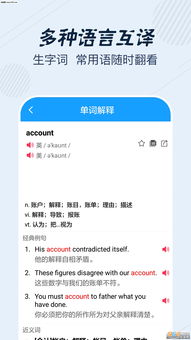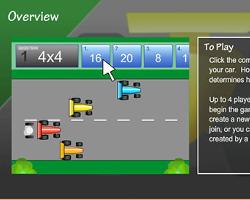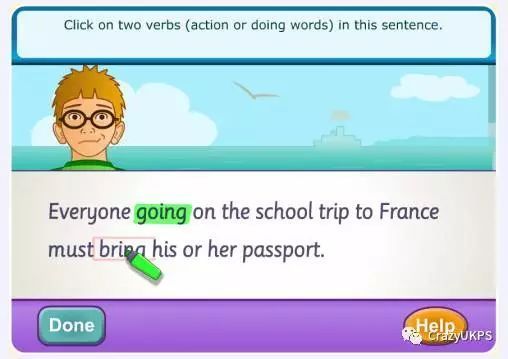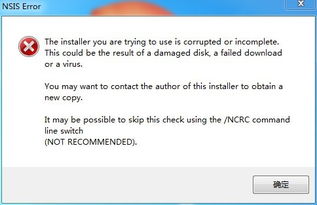
With the global popularity of video games, the need for accurate and engaging English translations has become increasingly important. This article delves into the world of gaming, exploring various aspects of game content, terminology, and the challenges faced in translating them effectively.

One of the first challenges in translating gaming content is understanding the specific terminology used. Here are some common gaming terms and their English translations:
电脑游戏 - Computer game
电子竞技 - E-sports
游戏机 - Gaming console
游戏手柄 - Gamepad
游戏角色 - Game character
游戏关卡 - Game level

Translating game content involves more than just converting words from one language to another. It requires a deep understanding of the context, cultural nuances, and the target audience. Here are some key aspects to consider:
Dialogue and Storyline: Translating dialogue and storyline requires a balance between accuracy and readability. The translator must ensure that the translated text captures the essence of the original while being easily understood by the target audience.
Game Mechanics: Translating game mechanics involves explaining complex processes and rules in a way that is clear and accessible to players. This often requires the use of simplified language and the inclusion of examples.
Cultural Adaptation: Some game content may not be easily translatable due to cultural differences. Translators must find ways to adapt the content to resonate with the target audience without altering the game's core message.

Translating games is not without its challenges. Here are some of the common difficulties faced by translators:
Text Limitations: Many games have text limitations due to space constraints on the game's interface. Translators must find ways to convey the necessary information within these limits.
Technical Constraints: Translating games often requires working with proprietary software and formats, which can be challenging to navigate.
Consistency: Ensuring consistency in translations across different game elements, such as menus, buttons, and tutorials, is crucial for a seamless player experience.

To overcome the challenges of game translation, translators can follow these best practices:
Collaboration with Developers: Working closely with game developers can help translators understand the game's vision and ensure that the translation aligns with the game's goals.
Quality Assurance: Implementing a thorough quality assurance process can help identify and correct errors before the game is released.
Continuous Learning: Staying updated with the latest gaming trends and technologies is essential for translators to remain effective in their work.

English translation in the gaming industry is a complex and rewarding field. By understanding the unique challenges and applying best practices, translators can help bridge the gap between developers and players, ensuring that games are accessible and enjoyable for a global audience.

gaming translation, game terminology, game content, cultural adaptation, translation challenges, best practices, English translation, video games